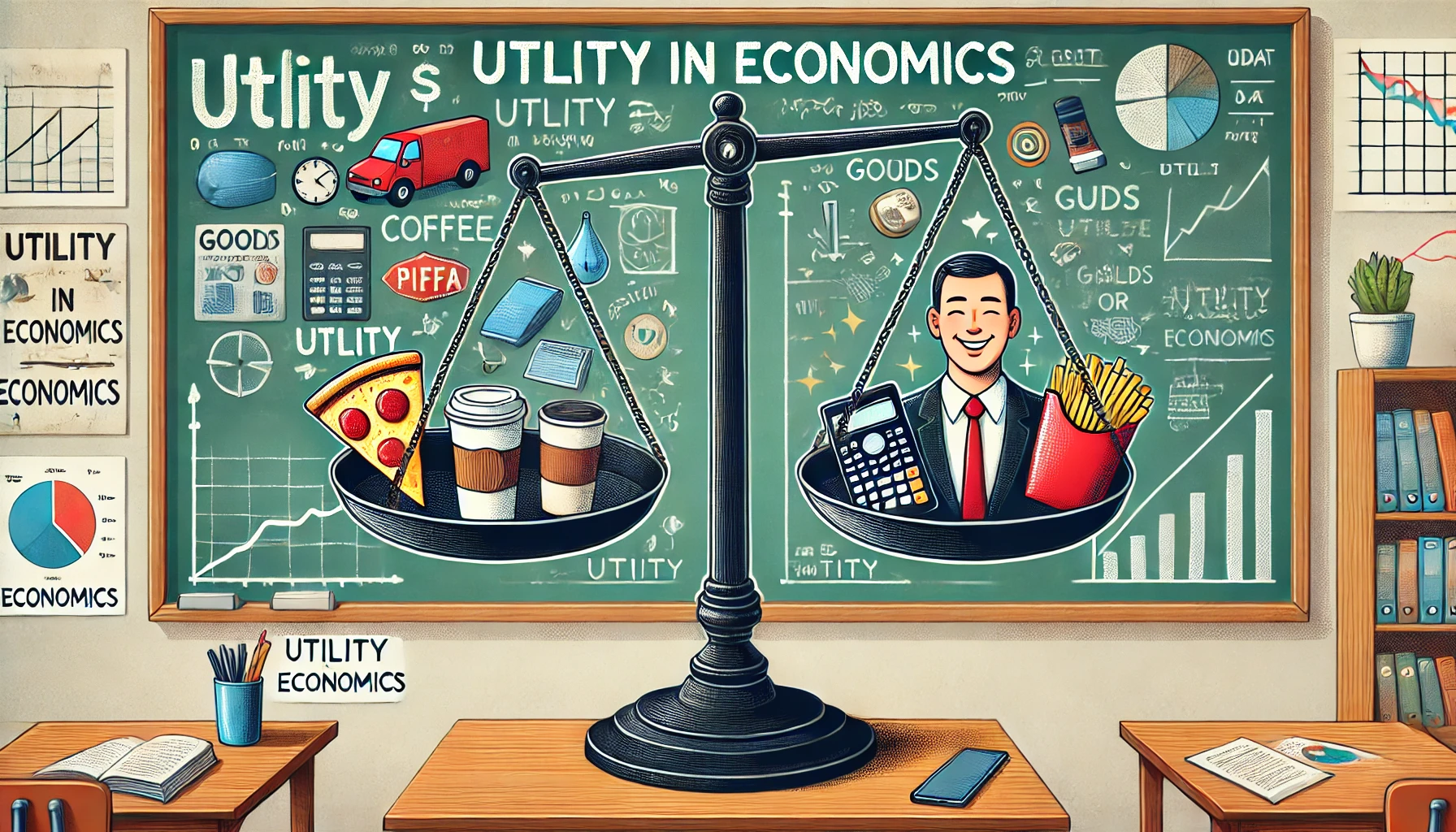Utility refers to the satisfaction or pleasure that an individual derives from consuming a good or service. It is a subjective measure and varies from person to person based on preferences, needs, and circumstances.
Types of Utility:
- Form Utility:
Form utility is created when the form or shape of goods is altered to make them more useful or desirable to consumers. This type of utility is concerned with the physical transformation of raw materials into finished products. For example, converting timber into furniture increases its utility, as the furniture is more useful and valuable than raw timber.
- Place Utility:
Place utility arises when a product is made available at a location where it is more accessible to consumers, thus increasing its value. For example, transporting goods from a factory to a retail store creates place utility by making the products available to consumers who would not have had access to them otherwise.
- Time Utility:
Time utility is generated when goods or services are made available to consumers at the right time, thus enhancing their value. For example, offering winter clothing in the fall and winter months or providing 24/7 customer service creates time utility by making products and services available when they are most needed.
Understanding the different types of utility helps businesses and marketers design and deliver products and services that meet consumer needs and preferences more effectively. By enhancing utility in various forms, businesses can increase customer satisfaction and demand for their products.

